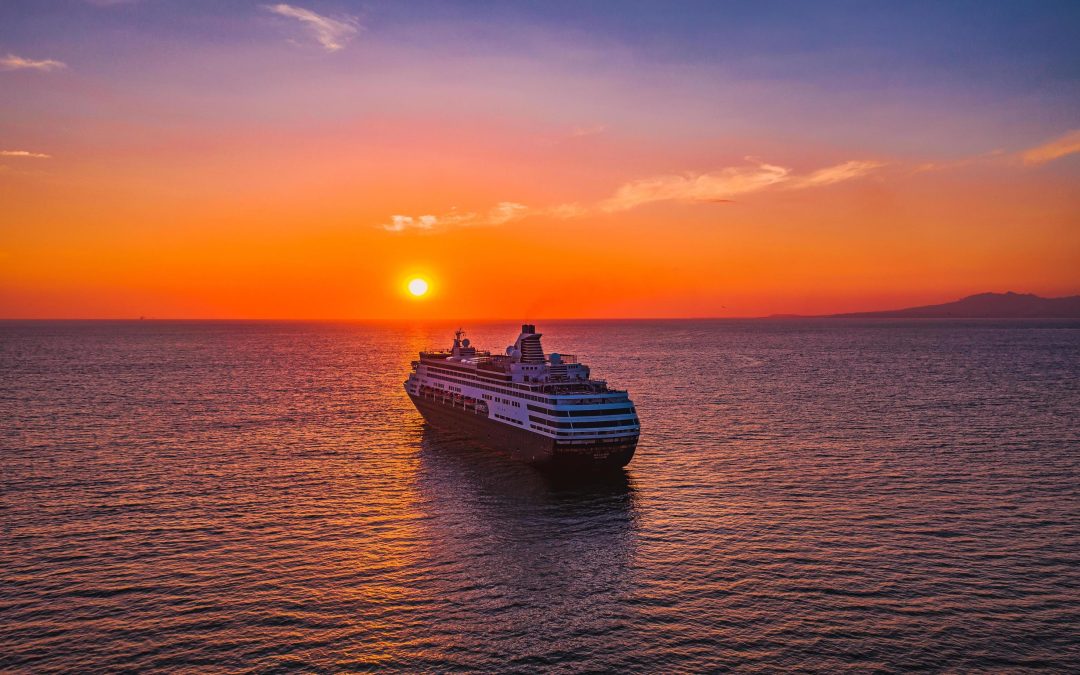As we move into 2025 and the Trump Administration prepares to take control of the government, marine terminal operators are anxiously and optimistically awaiting resolution of the labor disputes between terminal operator management, represented by the United States Maritime Alliance (USMX), and the 45,000 union dockworkers on the U.S. East Coast and Gulf Coast ports, represented by the International Labor Association (ILA). A key remaining battleground in the labor disputes – aside from pay and benefit issues, which appear to be largely resolved by a 62 percent wage increase after a three-day strike on Oct. 3, 2024 – is the ILA’s demand to remove any language on automation or semi-automation from the collective bargaining agreement, with the objective of preserving good-paying union jobs for dockworkers. From the USMX point of view, automation is necessary to improve worker safety, boost port efficiency, increase port capacity and strengthen supply chains. The automation issue threatens to put U.S. ports at a competitive disadvantage when seeking to attract cargo and also has the potential to stave off investment in ports.
A second issue to watch in the first quarter of 2025 and beyond is the implications on marine terminal operators following the imposition of tariffs by the Trump Administration. It is likely that companies will front-load shipment volumes in the first quarter before anticipated tariffs can take effect, and the expectation is that volumes will drop off as the tariffs have a negative impact, decreasing demand for cargo movements. Marine terminals will be at a disadvantage because there isn’t much that can be done about terminal fixed operating costs.
Security concerns over Chinese-manufactured ship-to-shore (STS) cranes will likely continue into 2025 after reports exposed cybersecurity and national security vulnerabilities at U.S. ports stemming from the prevalence of Chinese-manufactured container cranes, subsequent to which the Biden Administration expanded the U.S. Department of Homeland Security’s authority over maritime cybersecurity. The recently issued Maritime Security (MARSEC) Directive 105-5 builds upon previous security measures and sets forth additional cyber risk management requirements for Chinese-made STS cranes.
As a final note, infrastructure spending is likely to remain on track, at least initially, although it is expected that the Trump Administration will target grant monies available for example from the U.S. Department of Energy for zero emissions and electrification goals for port development.
20 Posts in 20 Days Leading to Inauguration Day on Jan. 20
Holland & Knight’s Transportation & Infrastructure Industry Sector Group is prepared to assist industry clients in adapting to the anticipated changes by the new administration. Our team is writing new blog posts each day leading up to President-Elect Donald J. Trump’s inauguration, with insights regarding likely impacts on the various segments of the industry, including Aviation, Construction, Maritime, Freight Rail, Motor Carriers, Transit and Autonomous Transportation. Bookmark our Election Impacts on Transportation & Infrastructure resource page to follow along.
Source: Holland & Knight





